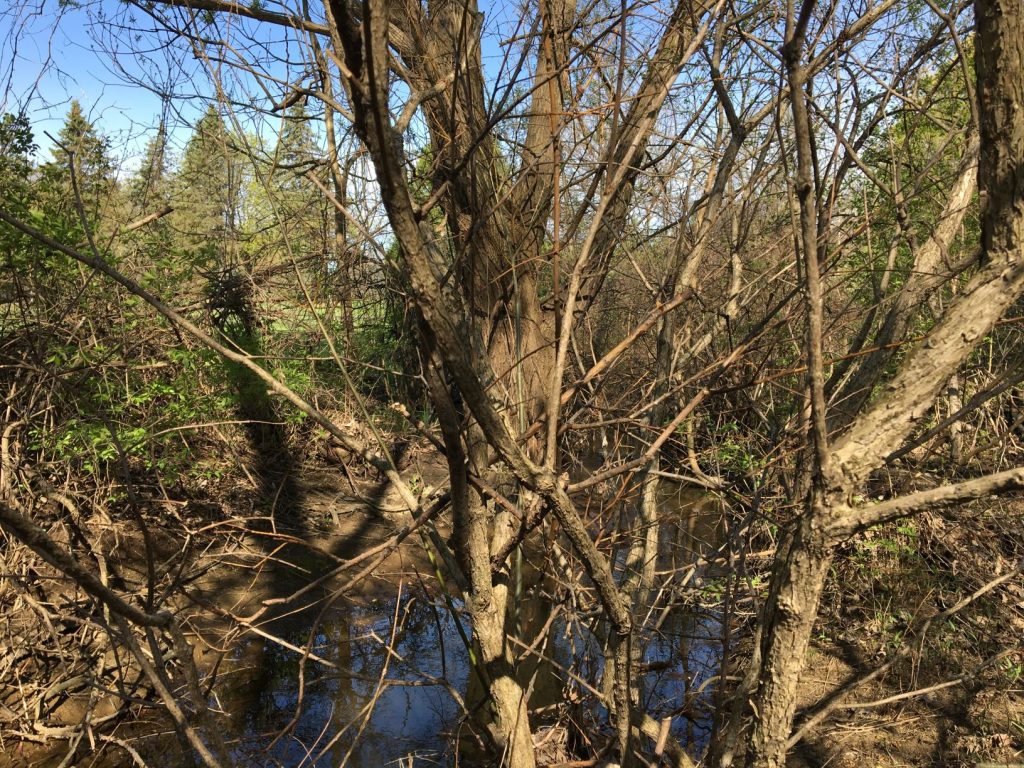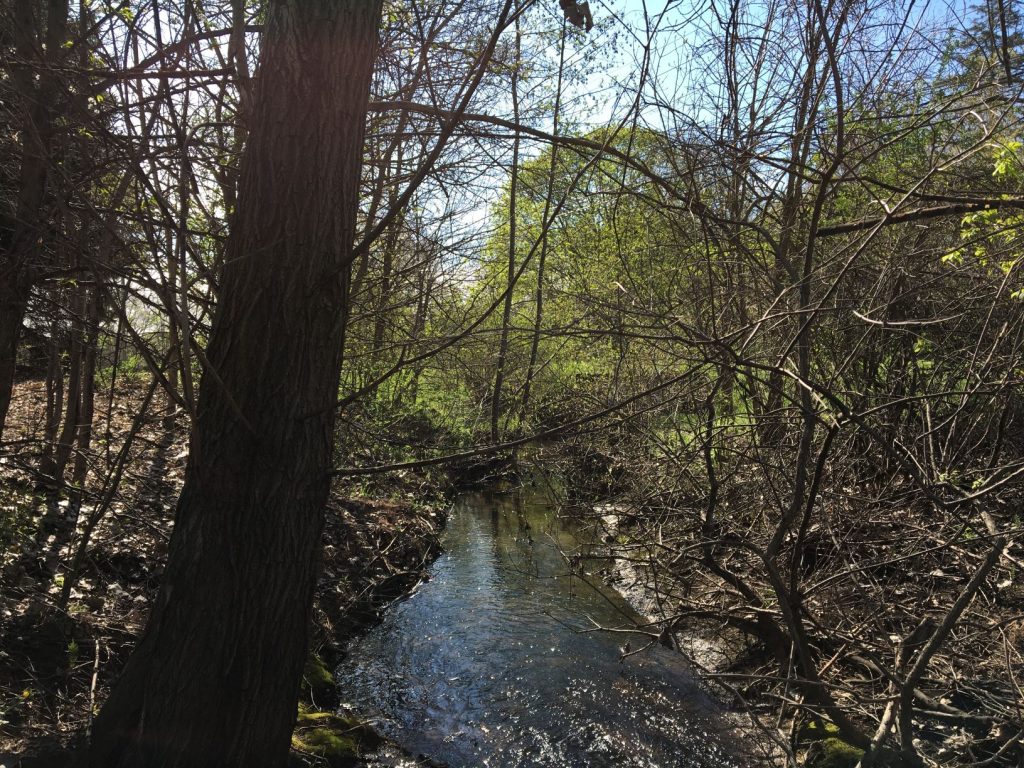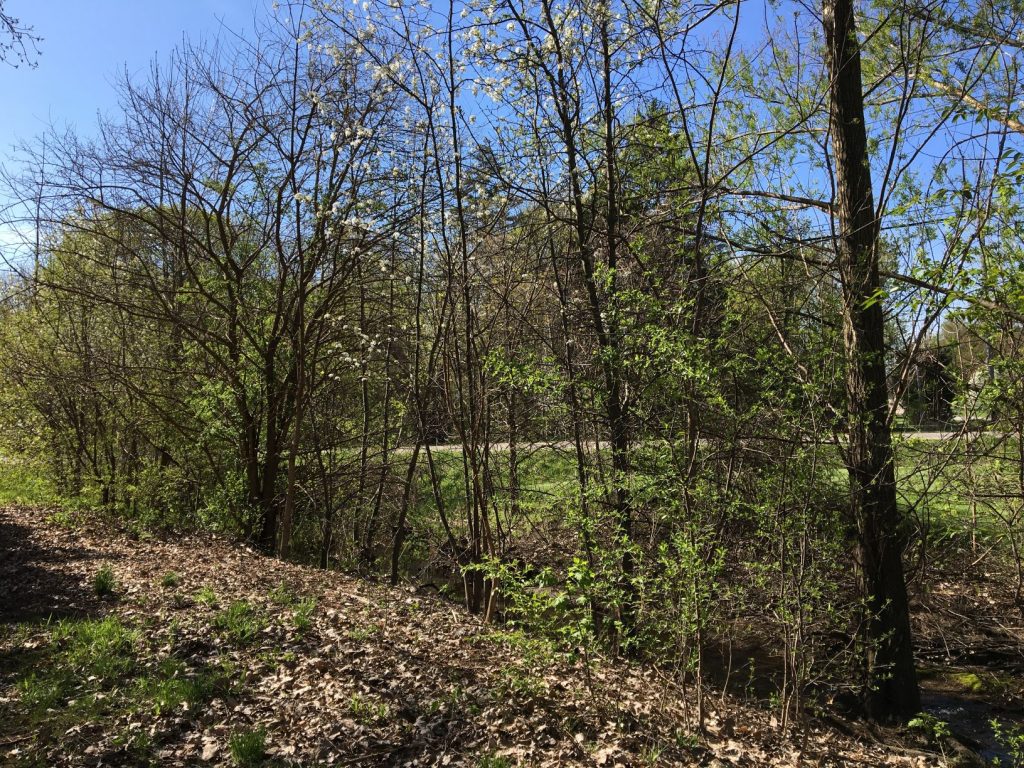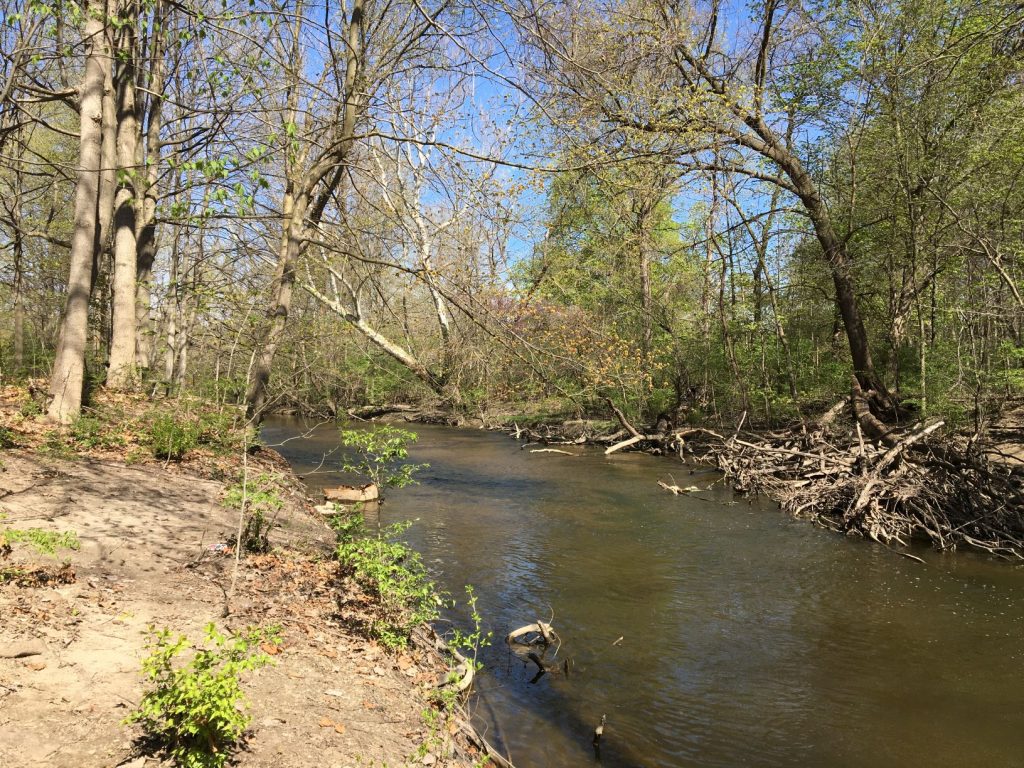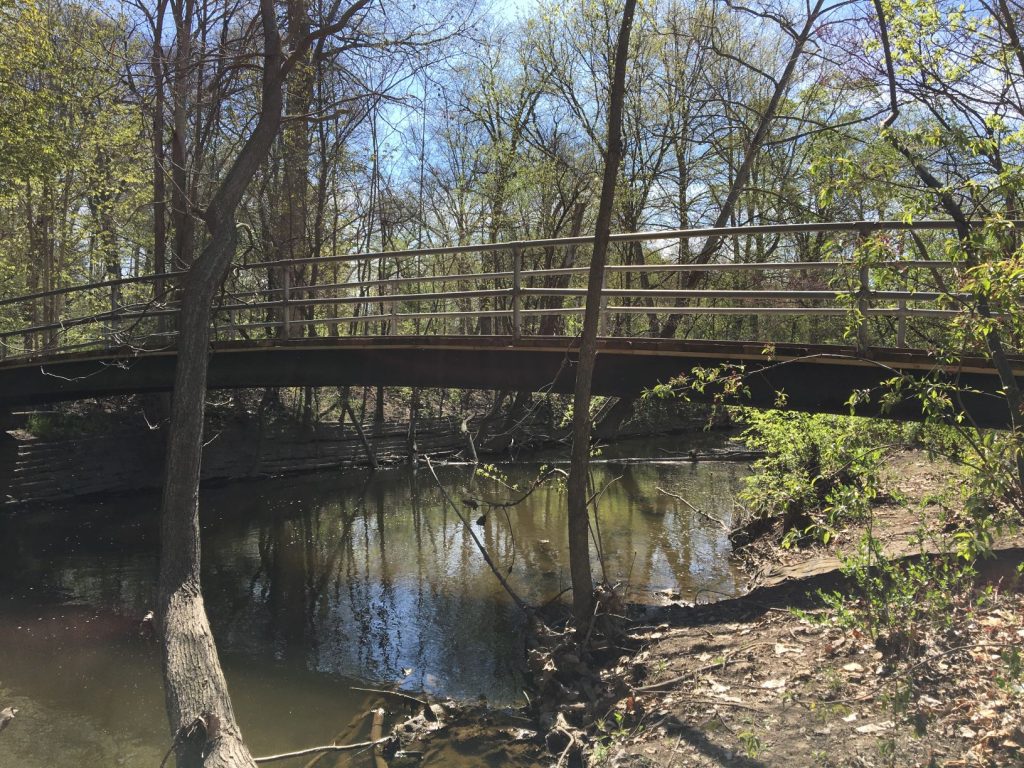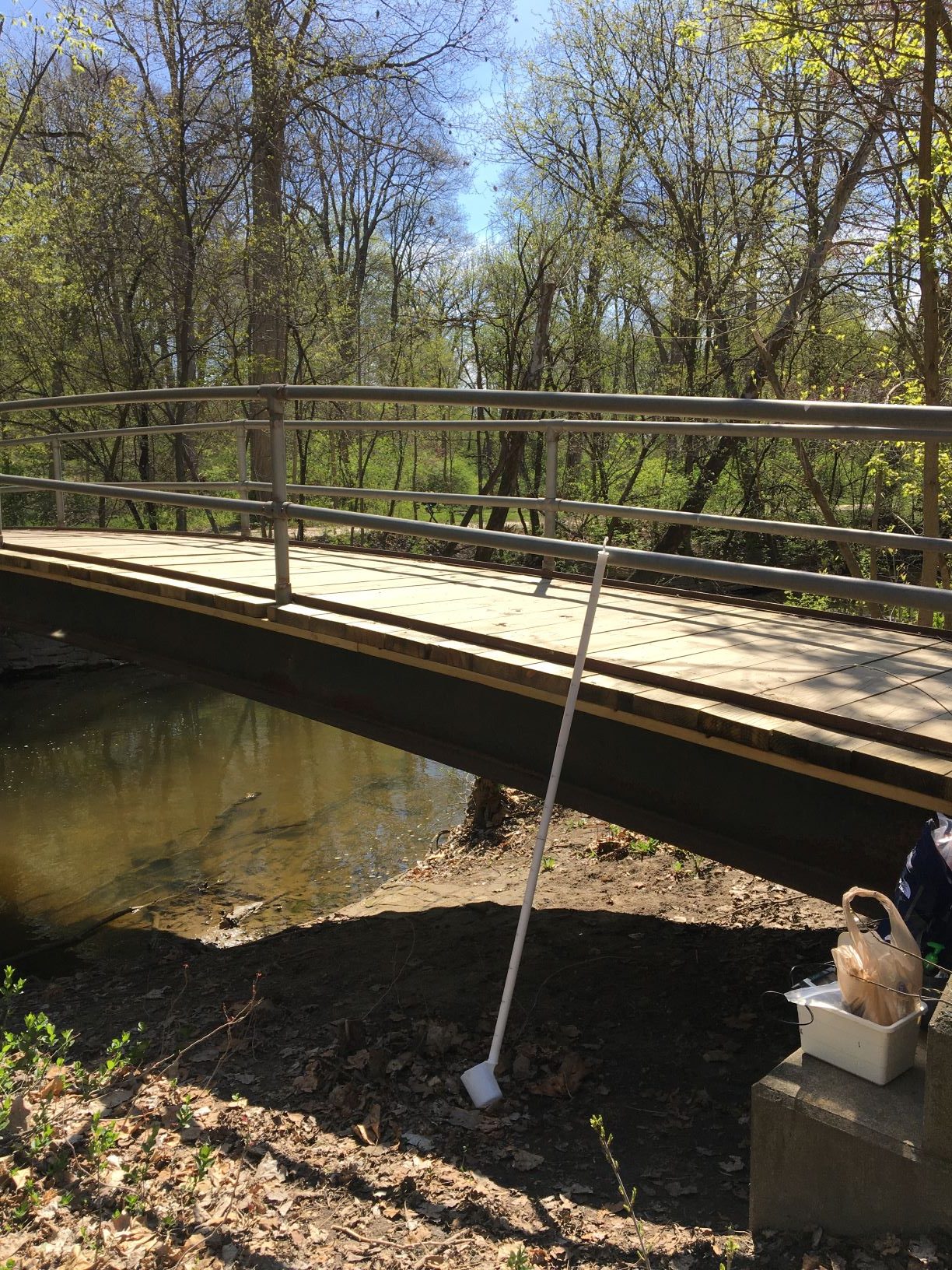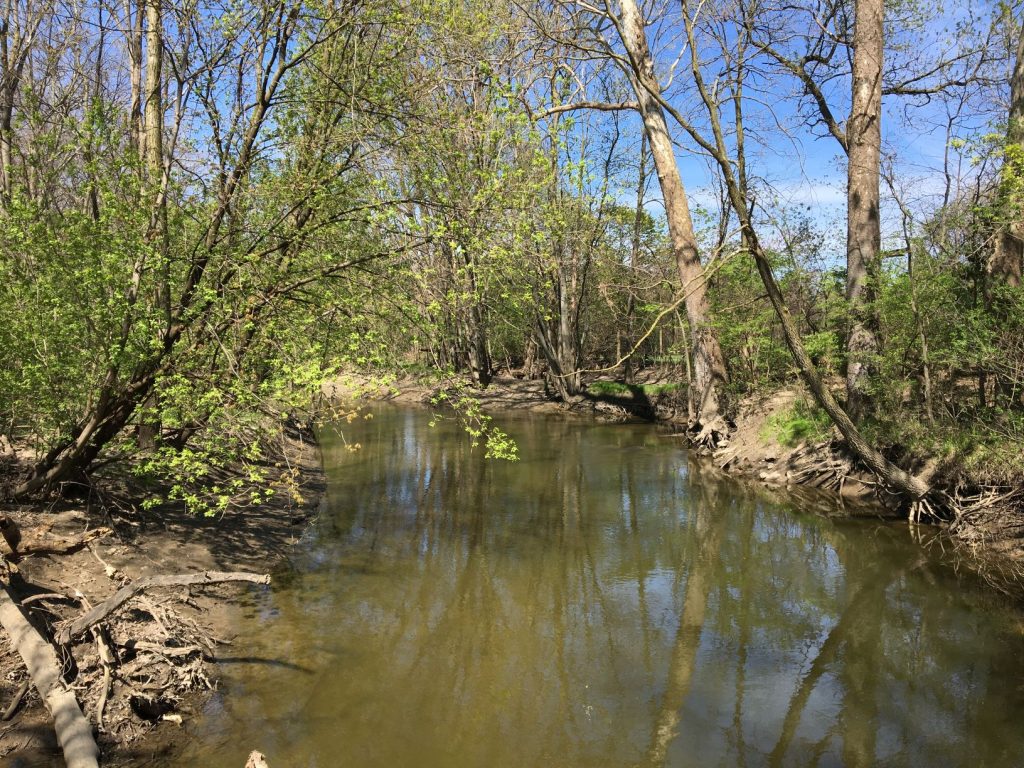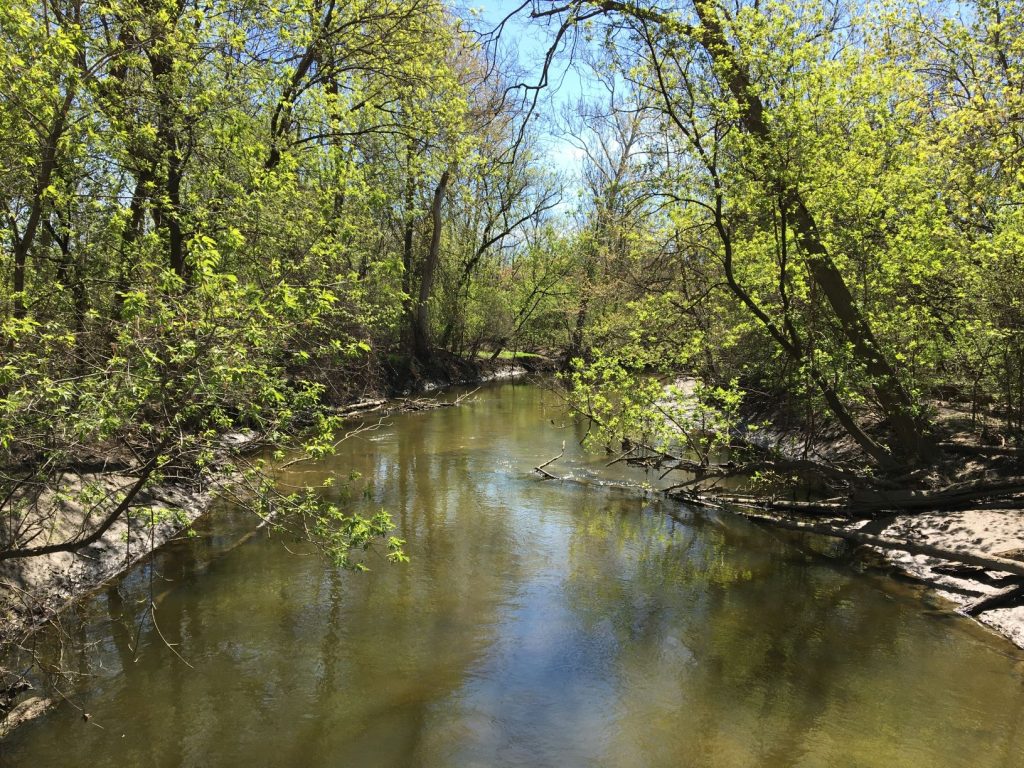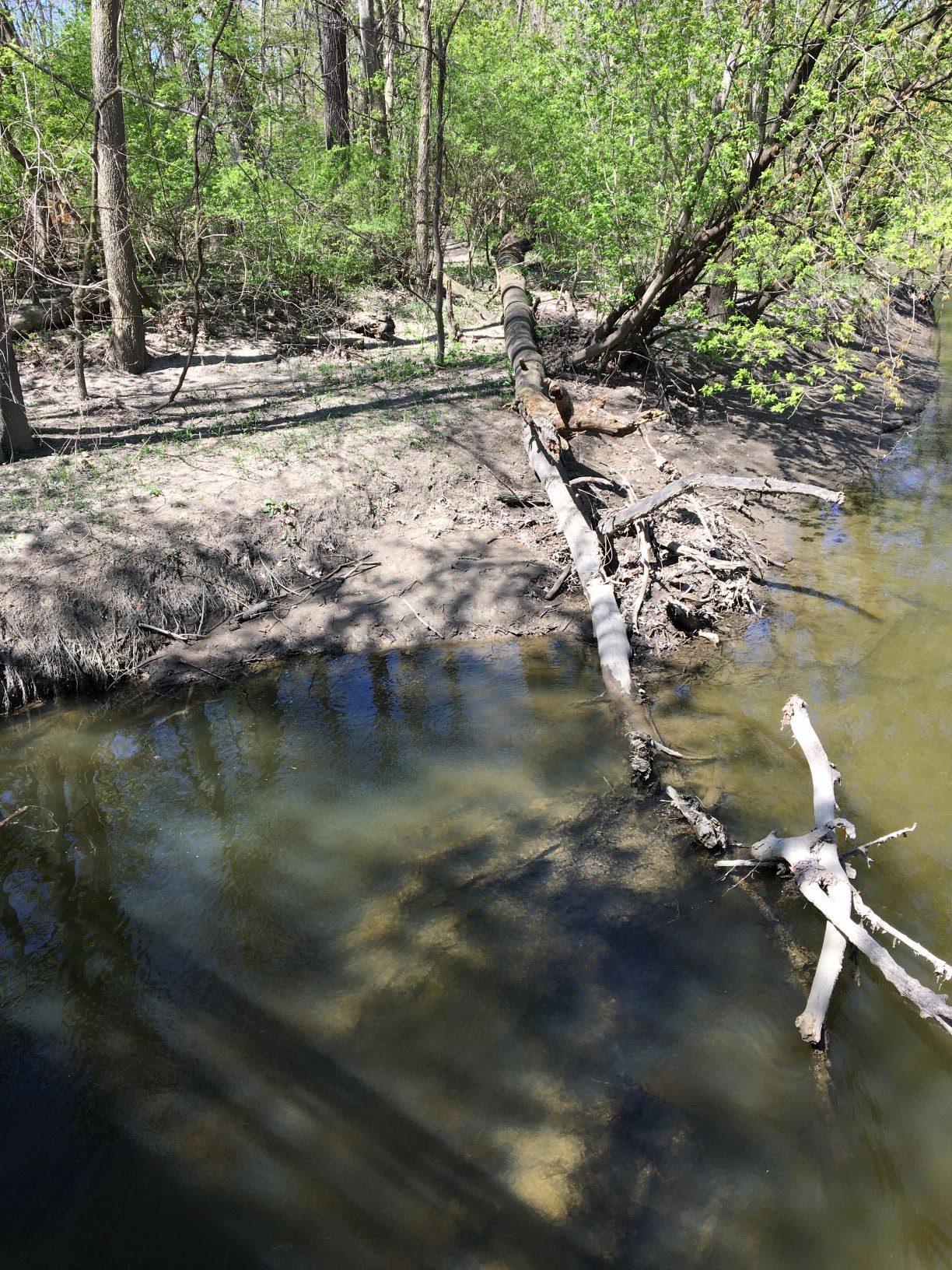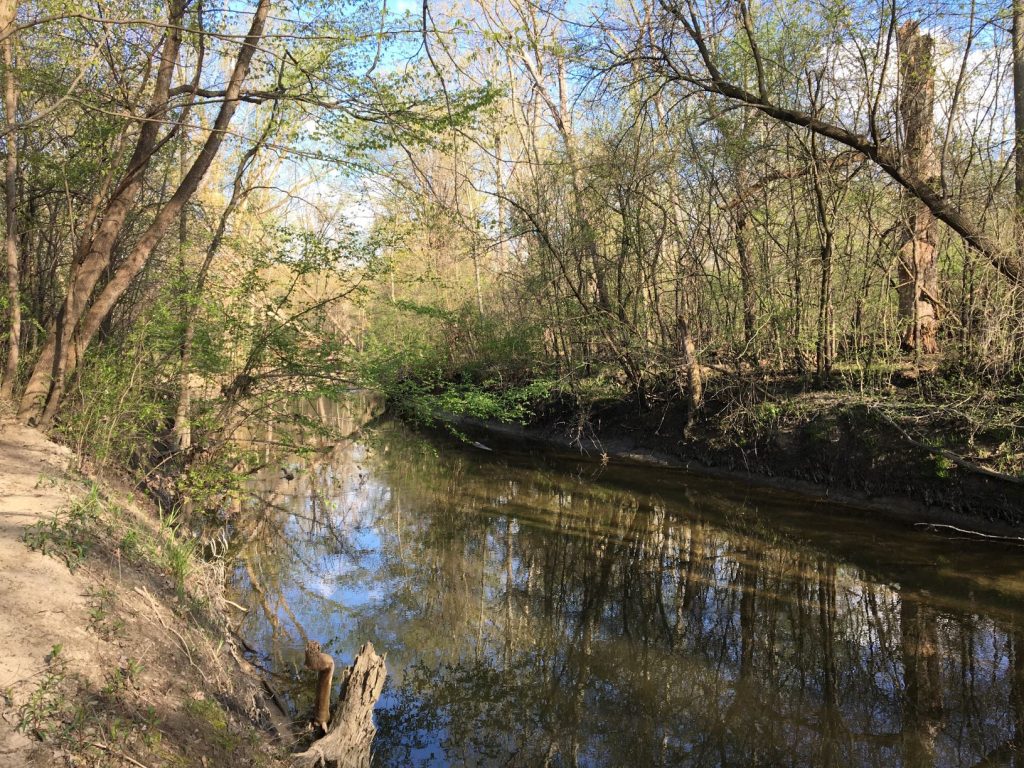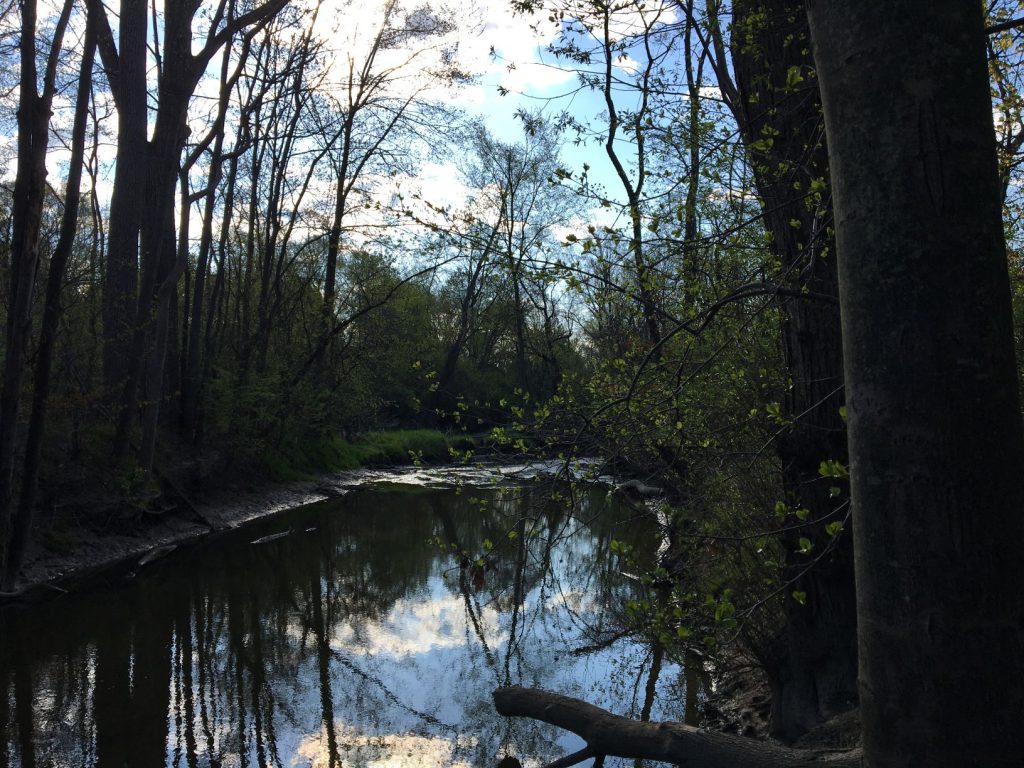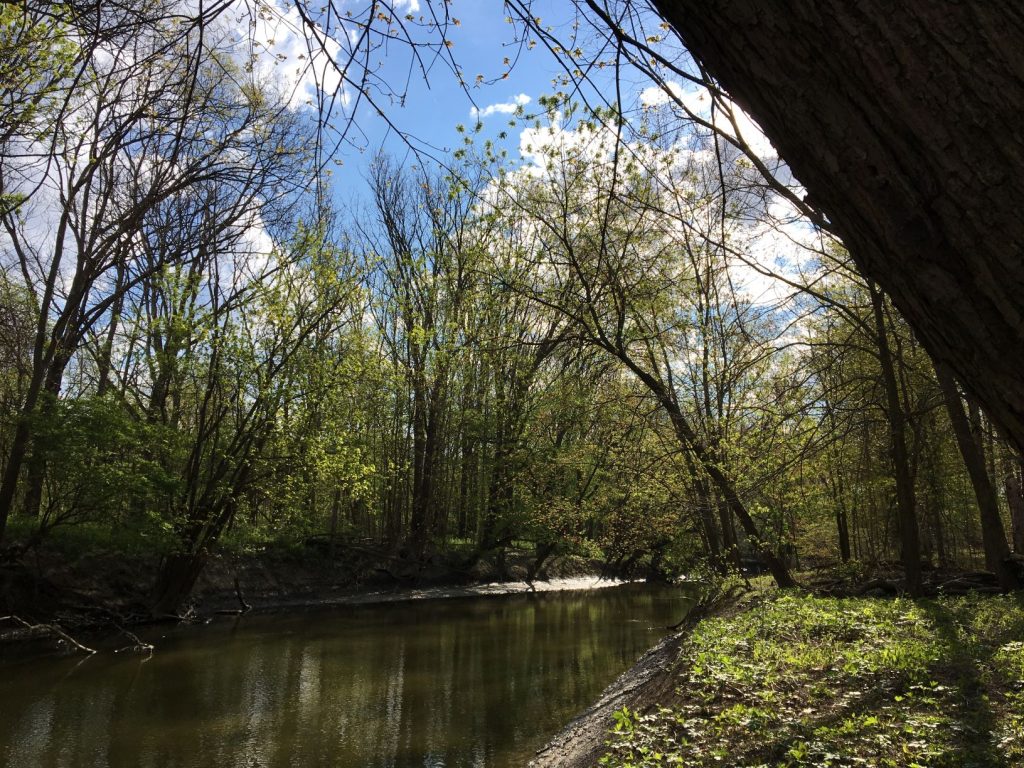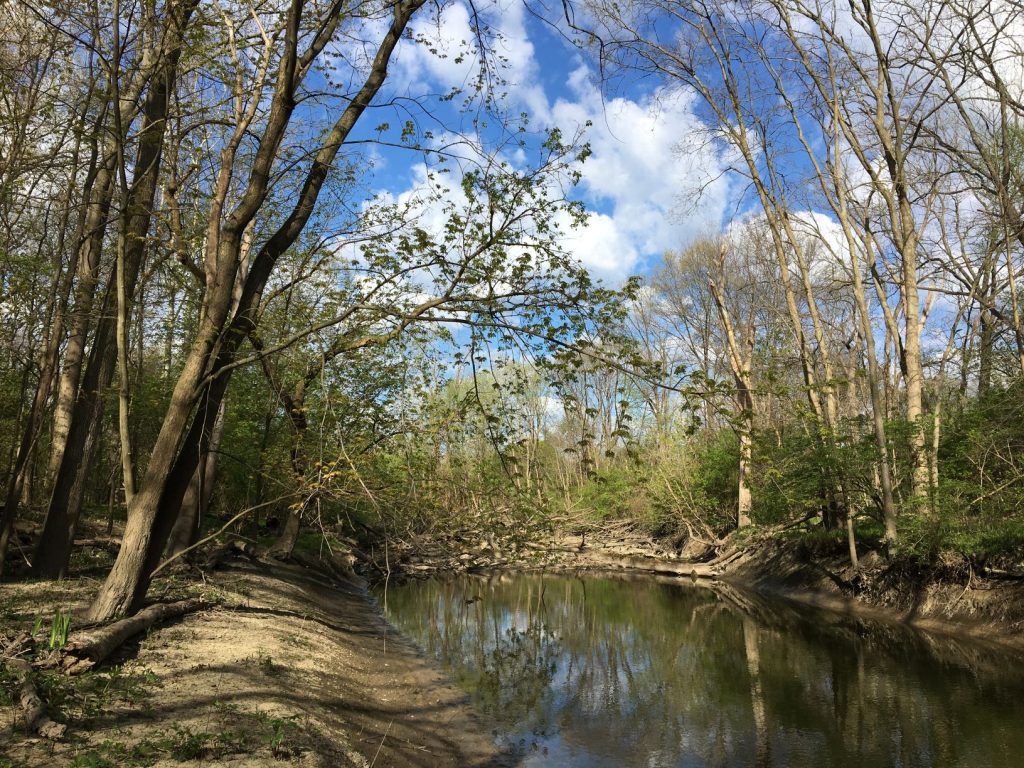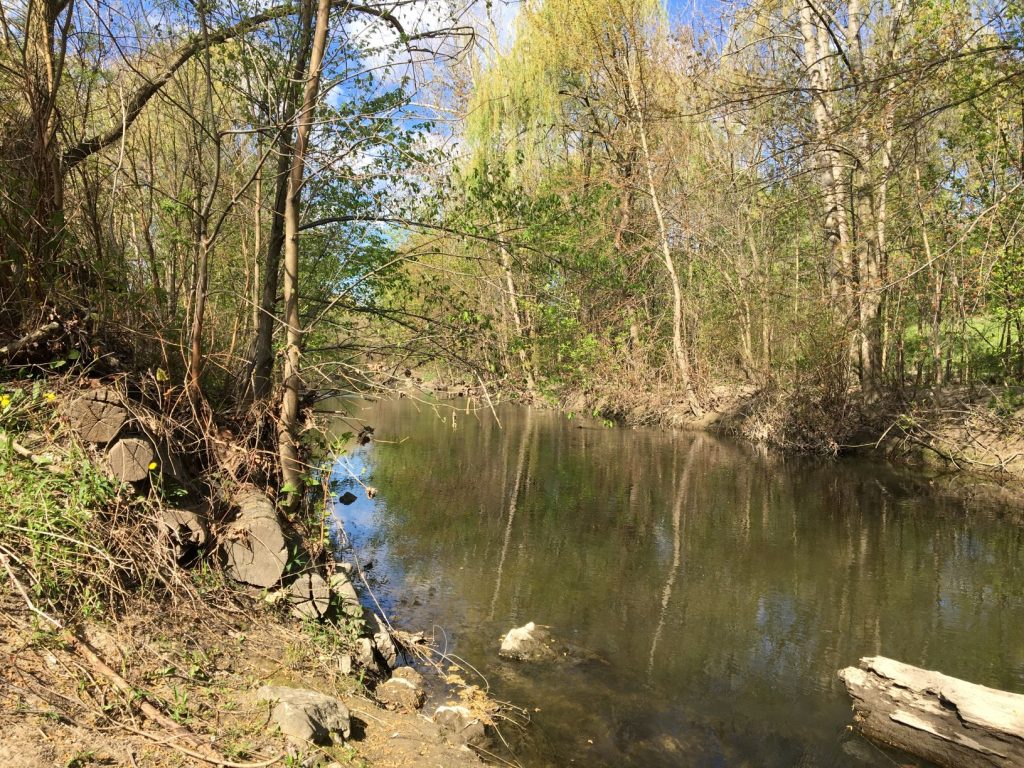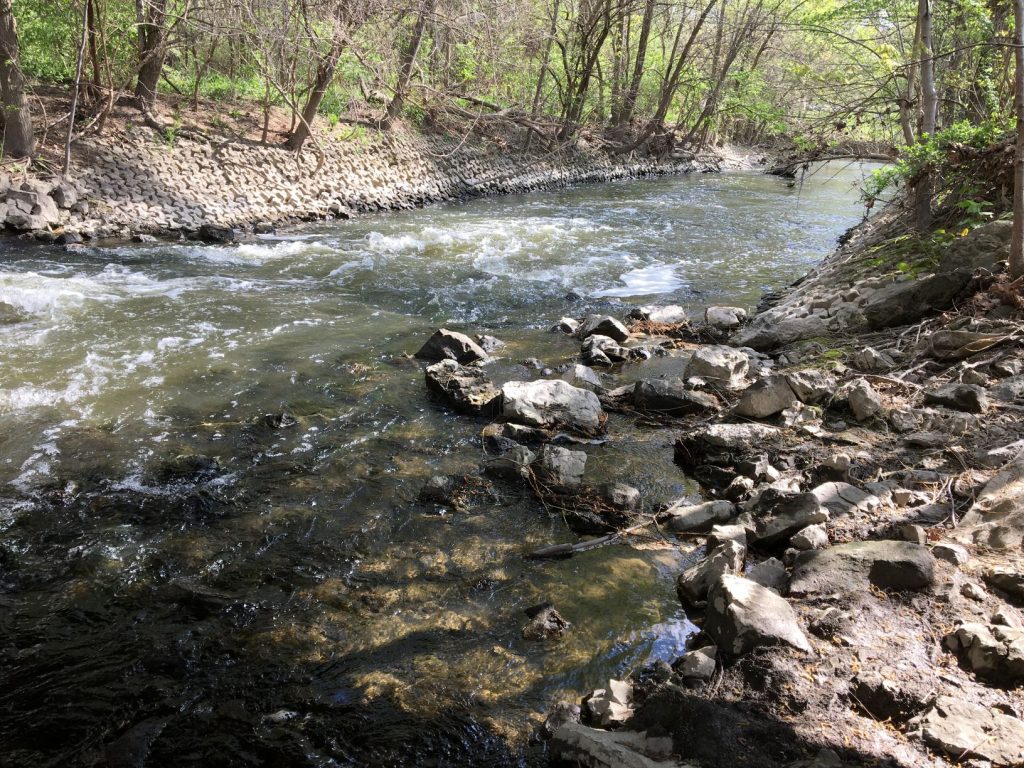Due to the COVID-19 pandemic resulting in widespread school closures, spring monitoring as usual was not possible this year.
The Education Manager was able to collect some chemical data from six sites, and one teacher collected data from their school’s site during the week of May 4th.
A video message from the Manager:
Here are the findings:
Site #1: Parr Recreation Area (Hines Dr), Dearborn Heights
sampled by Diana Johns at Crestwood High School
Site #2: Plymouth Township Park, Plymouth Township
sampled by the Education Manager at Friends of the Rouge
Site #3: Riverside Recreation Area (Hines Dr), Plymouth
sampled by the Education Manager at Friends of the Rouge
Site #4: Ellsworth Trailhead (Holliday Nature Preserve, Hines Dr), Westland
sampled by the Education Manager at Friends of the Rouge
Site #5: Bell Creek Park, Livonia
sampled by the Education Manager at Friends of the Rouge
Site #6: Eliza Howell Park, Detroit
sampled by the Education Manager at Friends of the Rouge
Site #7: Ford Field Park, Dearborn
sampled by the Education Manager at Friends of the Rouge
Results:
Click here to view the spreadsheet
[best viewed on a computer or tablet]
Map of locations:
Click here to view the map
[best viewed on a computer or tablet]
Notes from the Manager: At each sampling site, I got the water temperature, collected a water sample for BOD by collecting the sample in a dissolved oxygen bottle and wrapping it in aluminum foil, collected and “fixed” a dissolved oxygen sample, got water samples for fecal coliform that were immediately placed in a cooler on ice, and ran the pH test. I also collected a plastic water bottle sample of river water to take home to run the remaining tests. I was only able to collect samples from the shore using the plastic water sampling rod pictured at many of the sites above. No benthic or physical data were able to be collected.
Sampling conditions were ideal: normal/low water levels, beautiful sunny weather, and cooler temperatures.
A temperature probe was used at the first sampling site and gave seemingly accurate readings in relation to the air temperature. The second and third sites were reading 20-28 degrees Celsius, 18 degrees higher than the first site. I wrote the values down at the river not really thinking anything of it, until I went back to review the data and saw how off it was. Therefore the water temperature values were not included for the second and third sites as the probe was giving very strange (impossible?) readings. I, of course, forgot the temperature probe the second day I was out, but luckily had an armored thermometer with me and took the temperature that way. I could not get the change in temperature readings for the remaining sites due to time and logistical constraints.
Photos of the process and results are included in the gallery below. Remaining tests were performed outside at my house immediately upon returning from the river each day. Instructional videos for each testing procedure are also included below. I did not have access to a drying oven for total solids, but a conductivity probe was used to determine the approximate total dissolved solids, which is a value less than total solids.
Results for nitrate were so low for a couple sites it was difficult to come to a conclusion based on the range of the LaMotte kit. Only 2mL of river water were used for each fecal coliform test; only one test could be performed per site since I only had so many tests to work with. Therefore, a couple sites had fecal coliform results of less than 50 col/100mL because the sample size was not large enough to grow E.coli colonies.
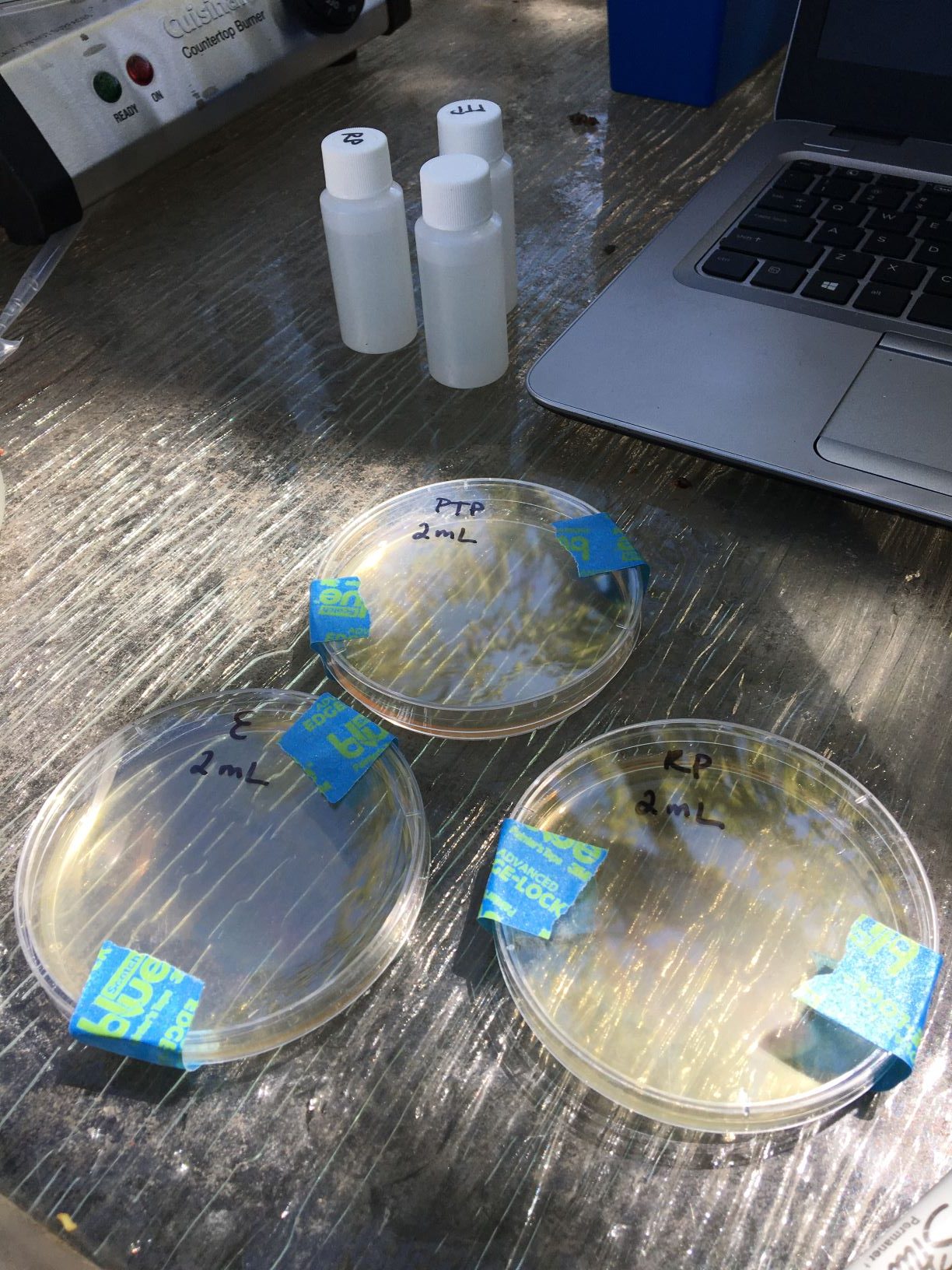
Plating fecal coliform samples 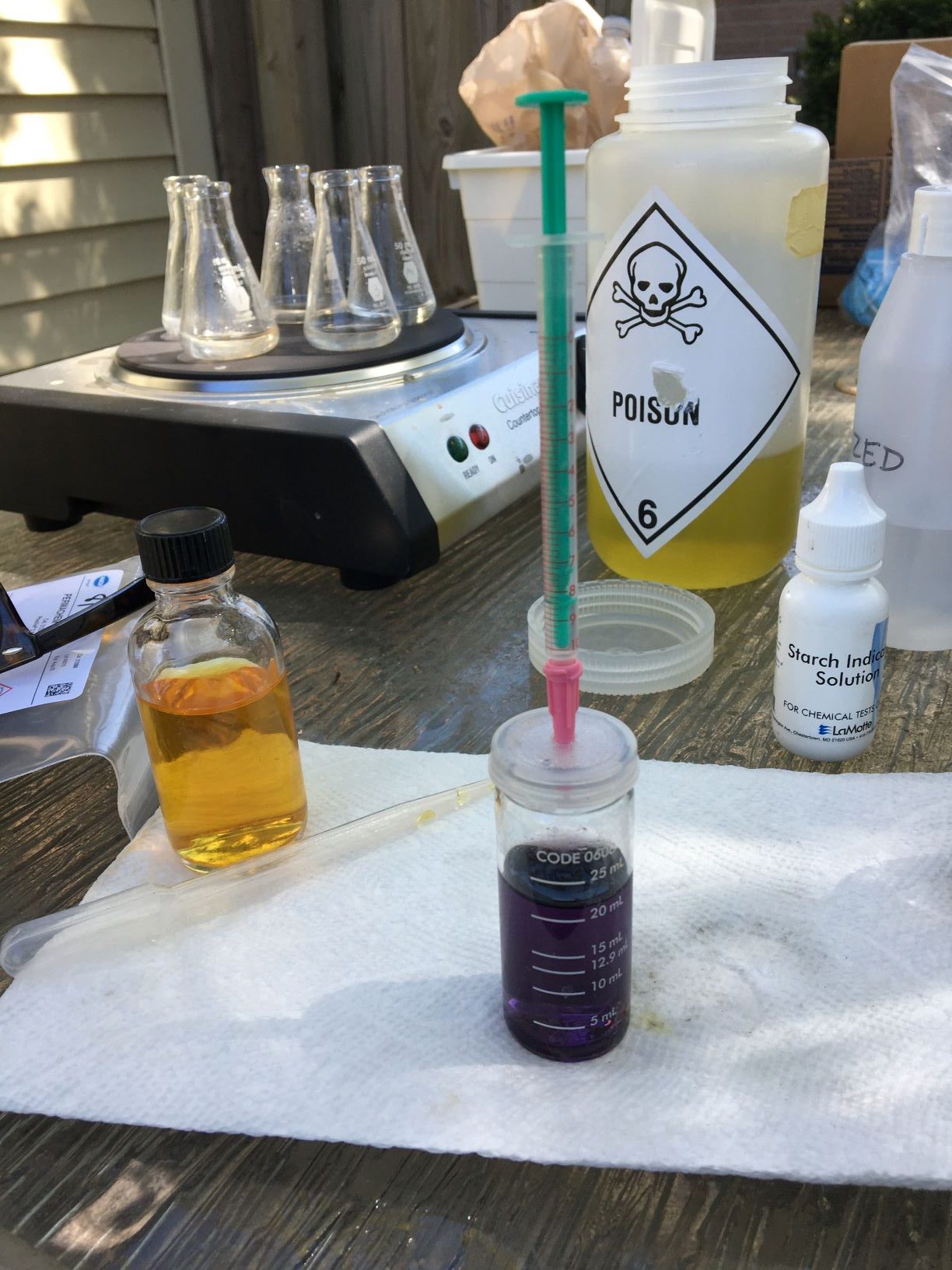
Titrating for the dissolved oxygen test 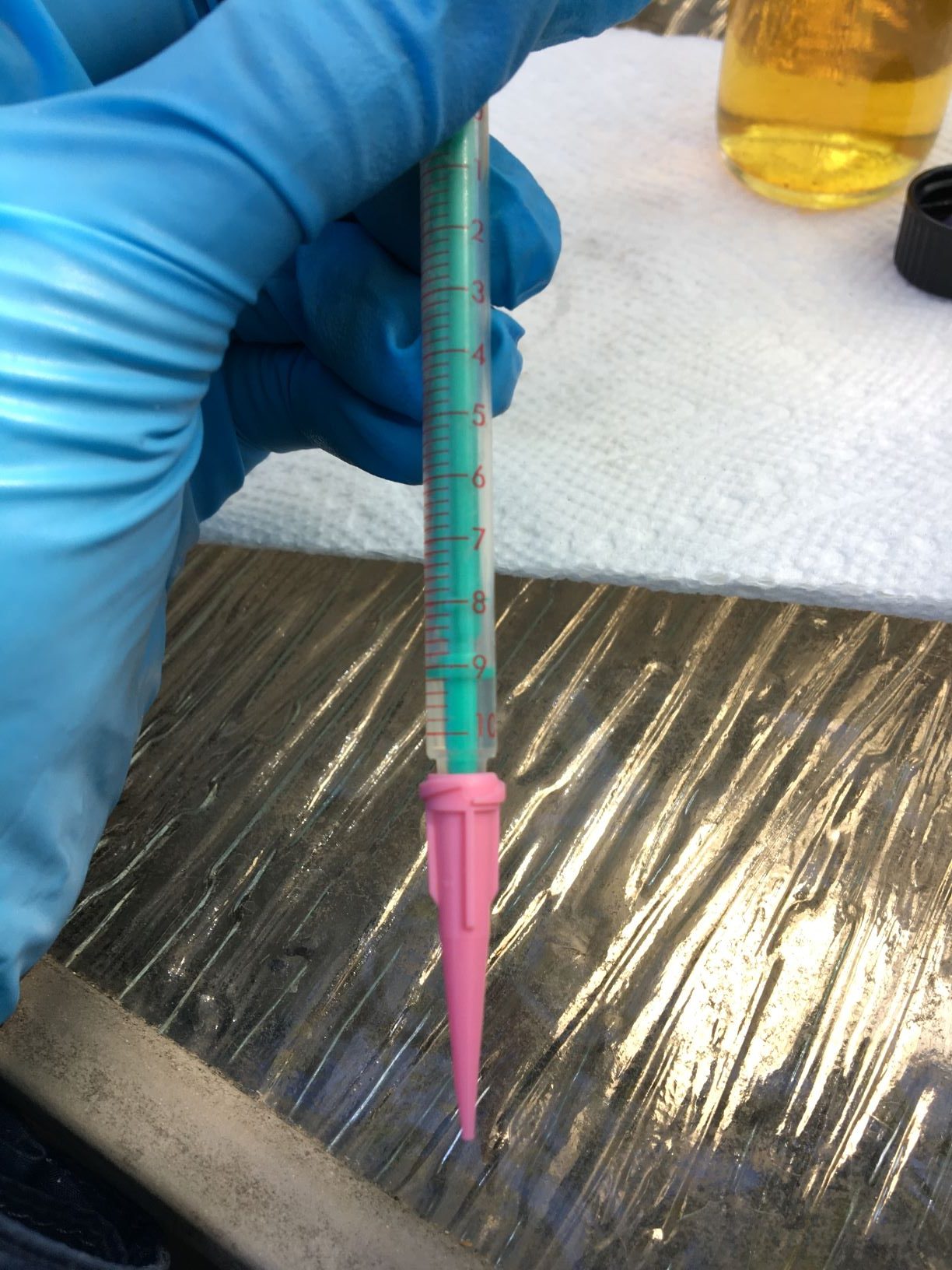
Reading the titrator 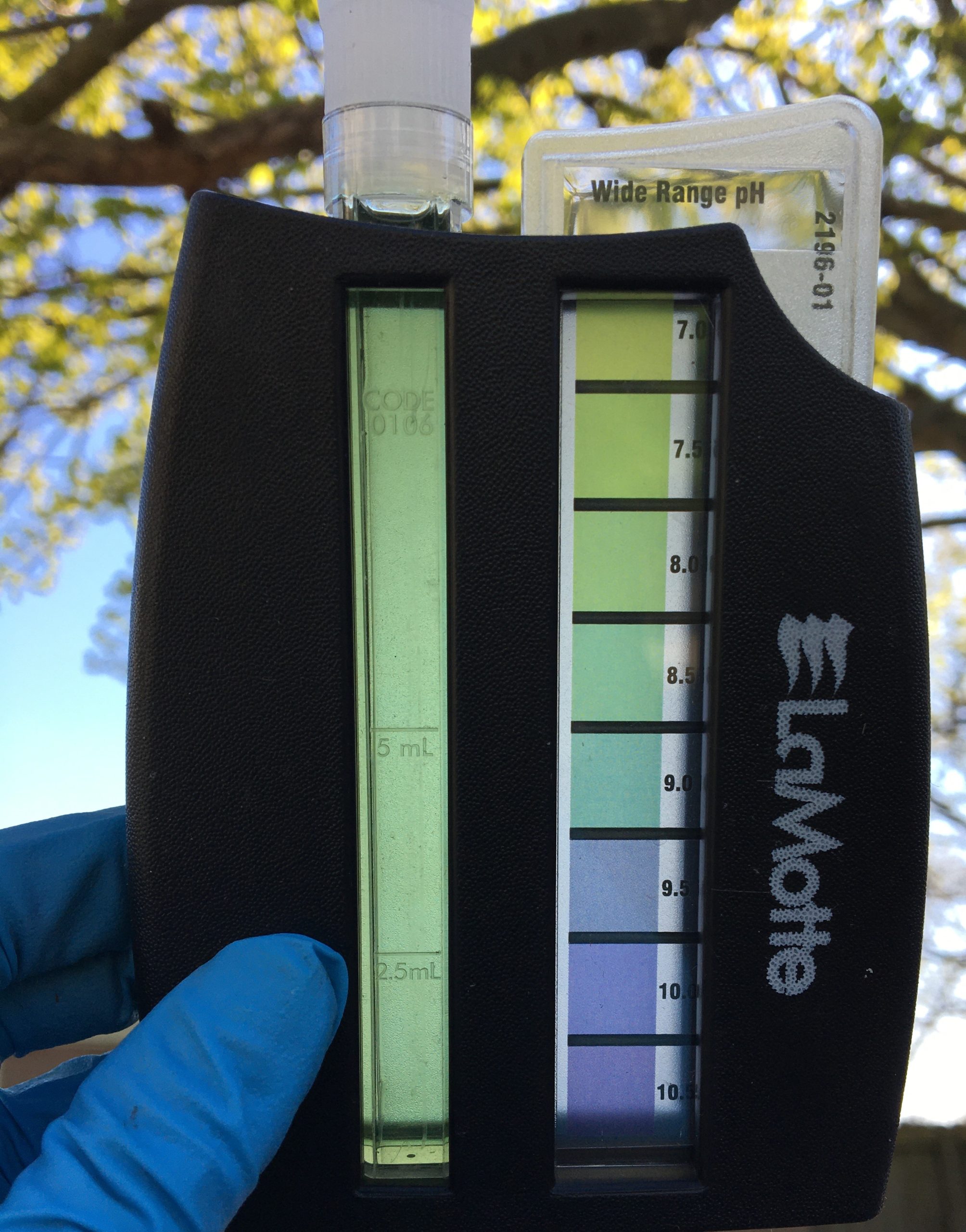
pH test 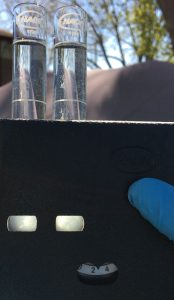
Low phosphate results 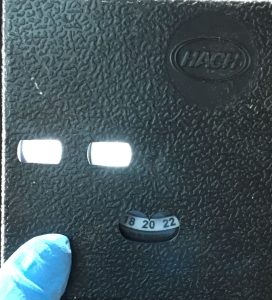
Phosphate results from Ford Field 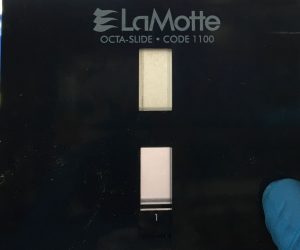
Low nitrate values at many sites 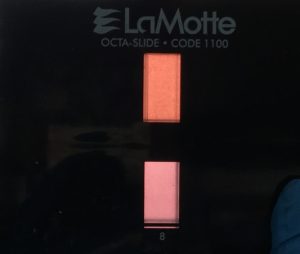
Nitrate test result from Ford Field – looking at pinkness of sample 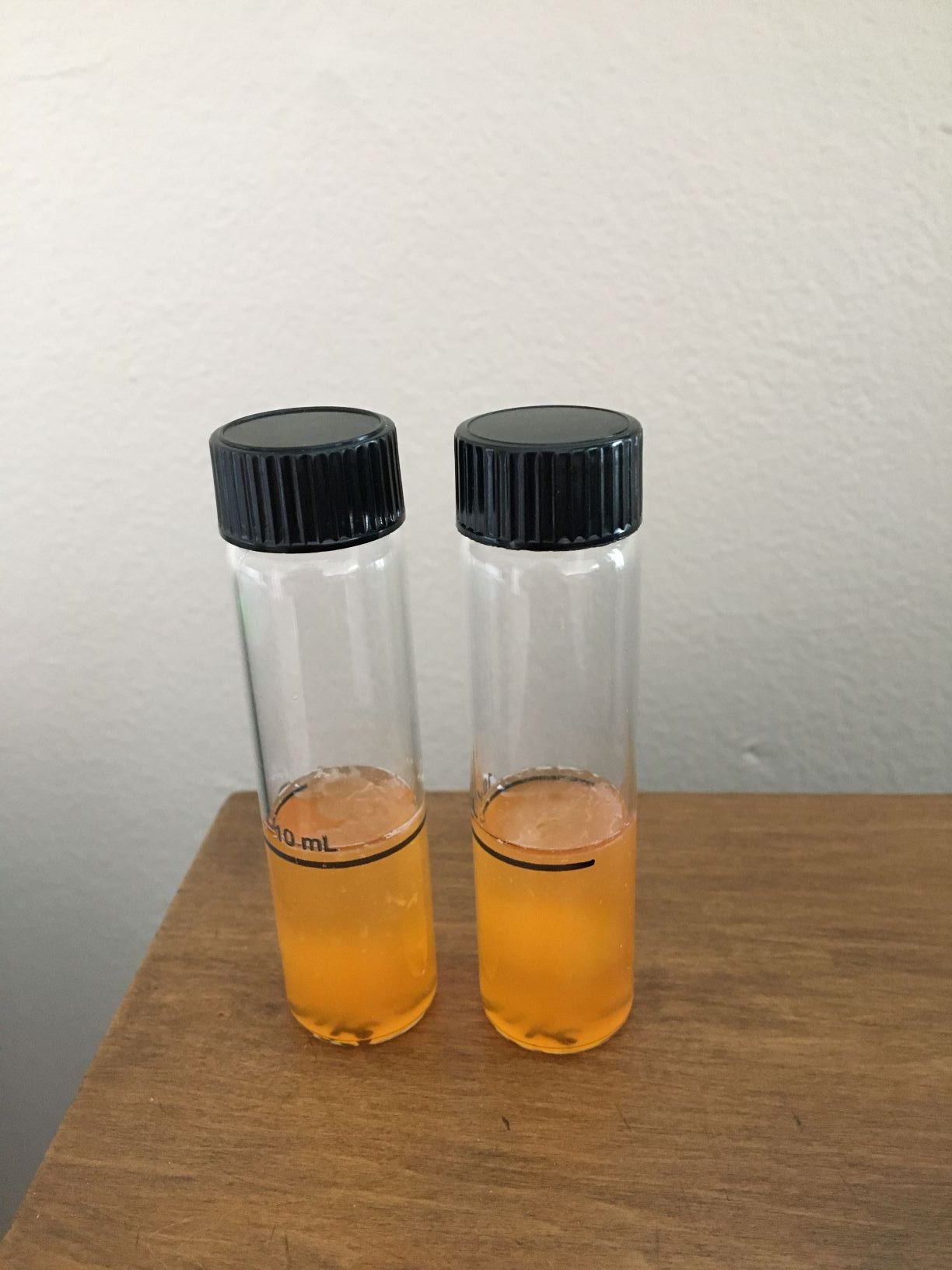
Fecal coliform using EZ tab method 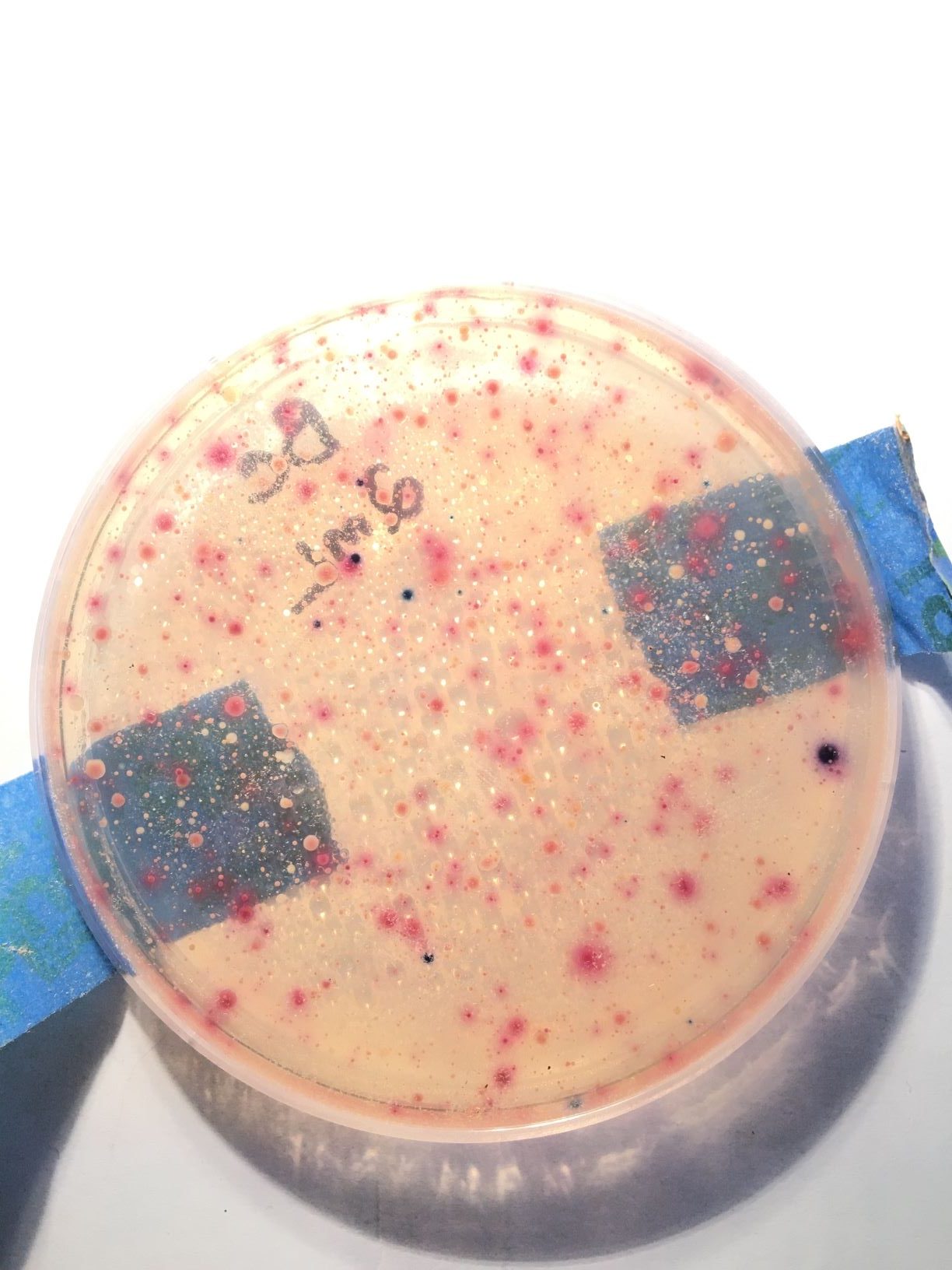
Fecal coliform – Bell Creek 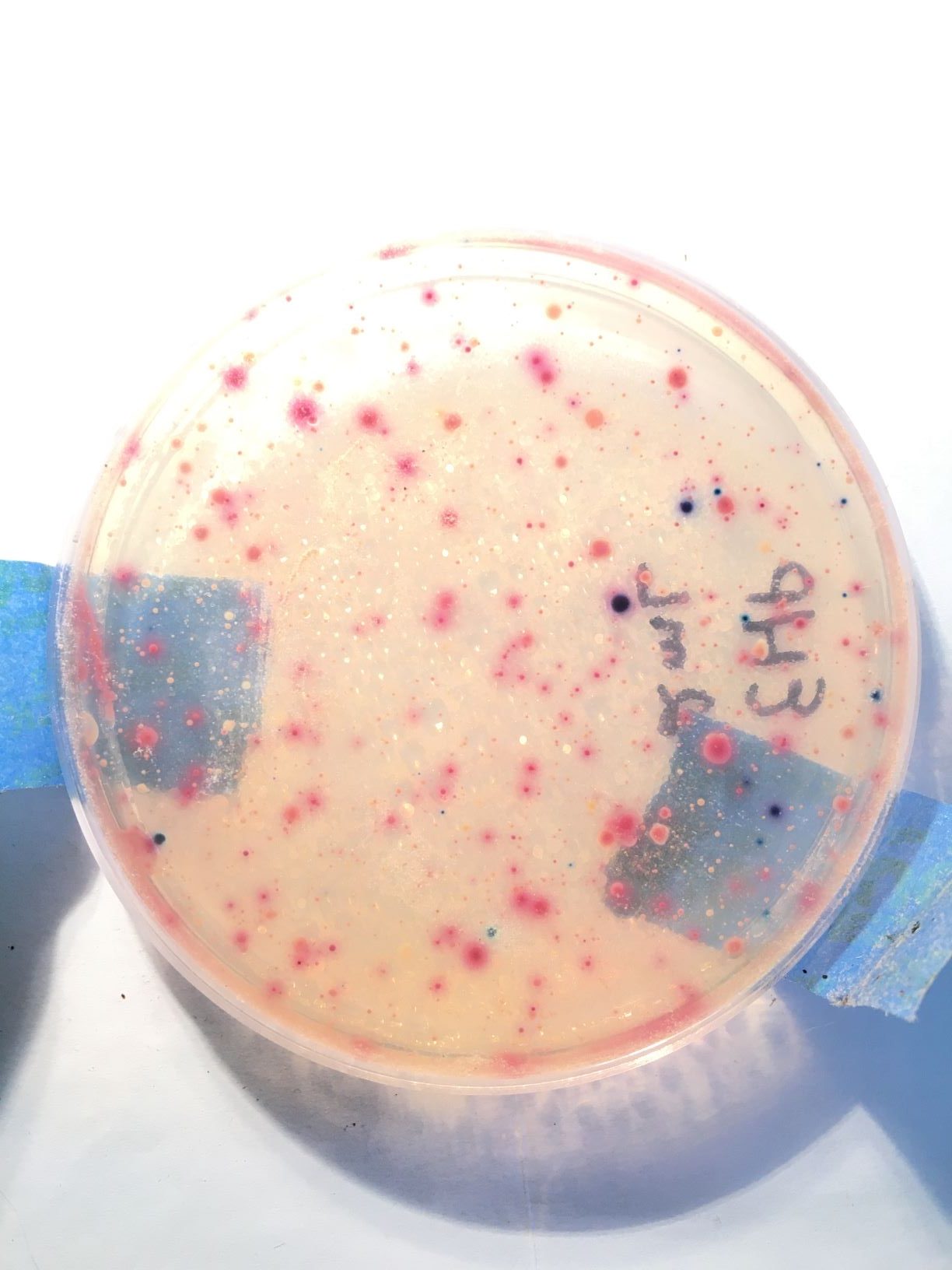
Fecal coliform – Eliza Howell Park 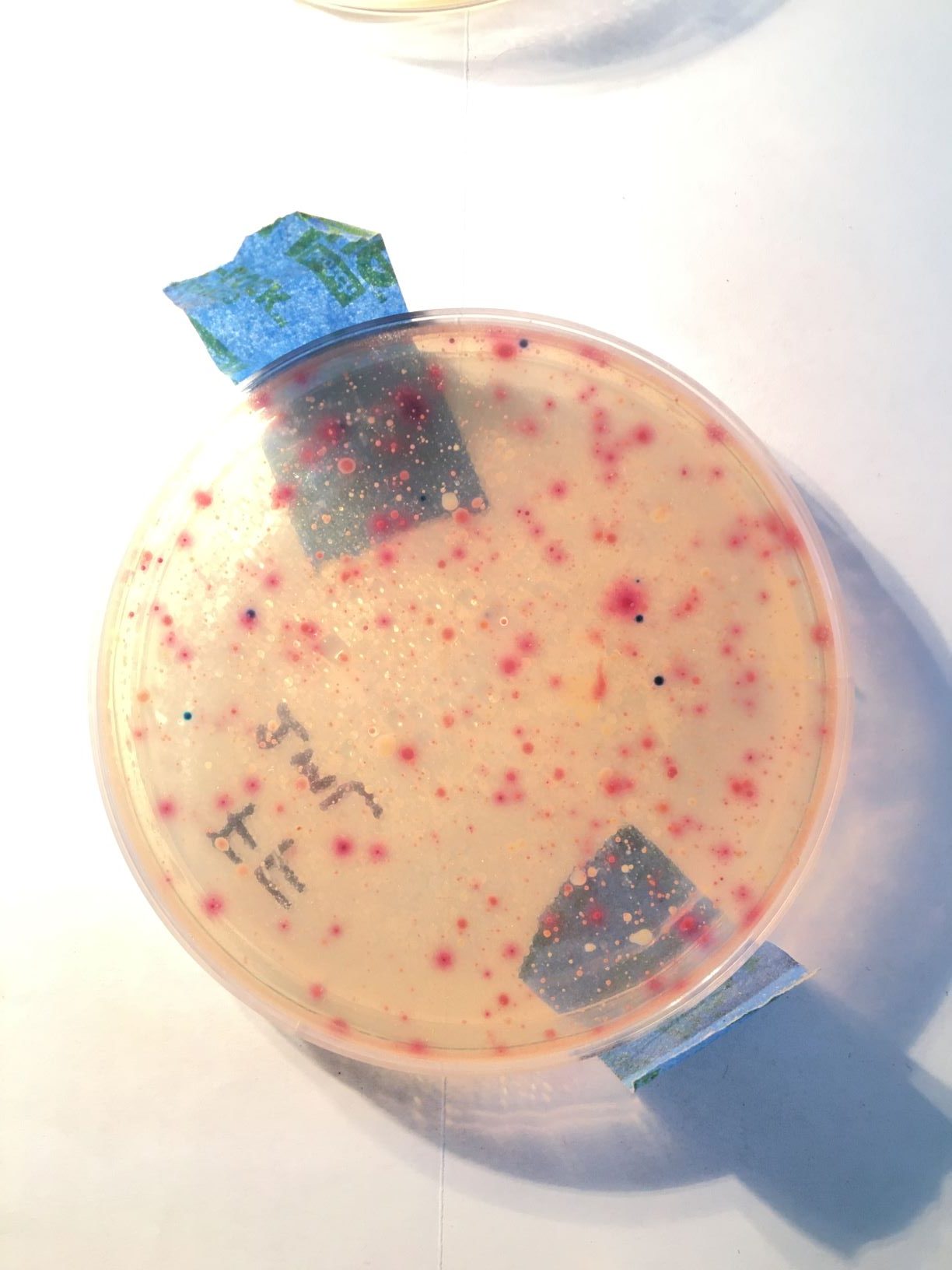
Fecal coliform – Ford Field
Instructional videos for each test procedure:
Dissolved Oxygen/BOD
pH
Fecal Coliform
Total Phosphate
Nitrate
Temperature – Vernier temperature probe or armored thermometer
Total Solids – Vernier conductivity probe (approximate total dissolved solids, a value less than total solids which includes both dissolved and suspended solids)
Turbidity – Vernier turbidity probe
Categories
-
News & EventsLearn more about upcoming FOTR events and projects



